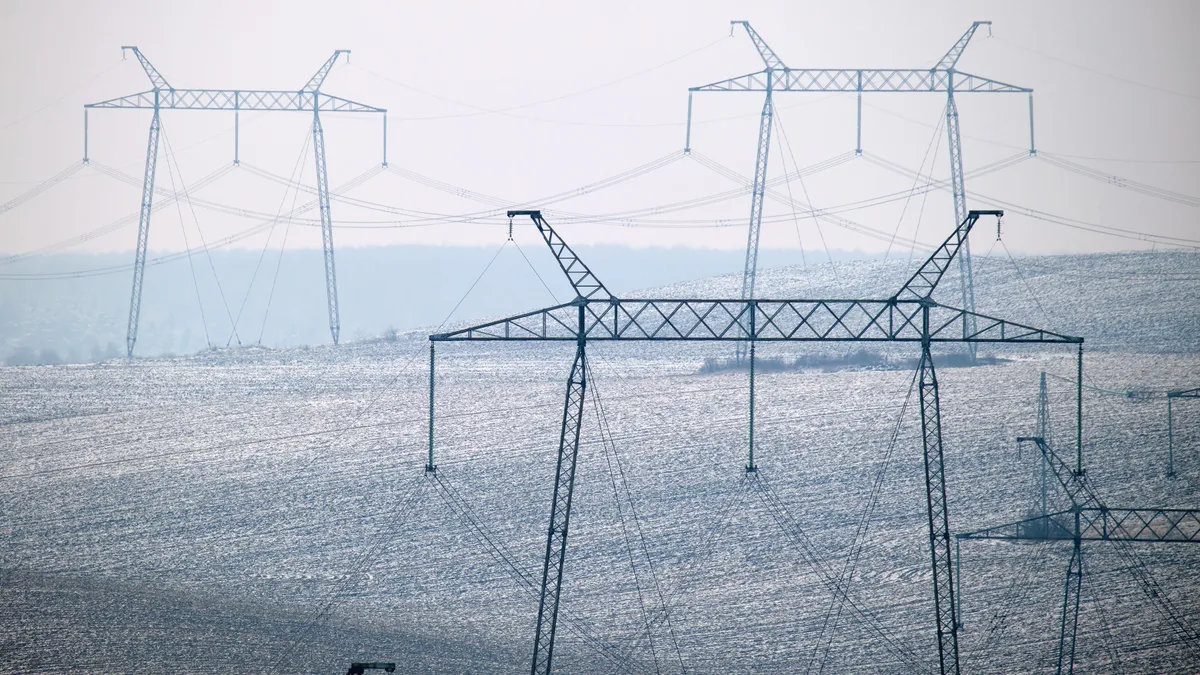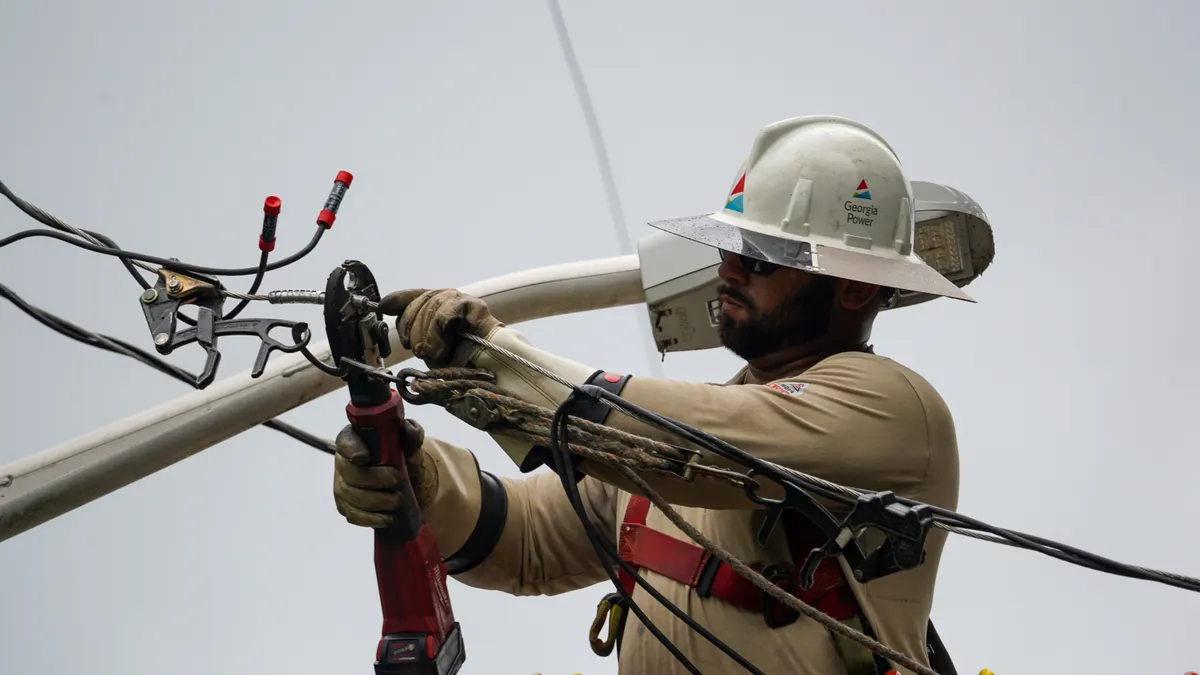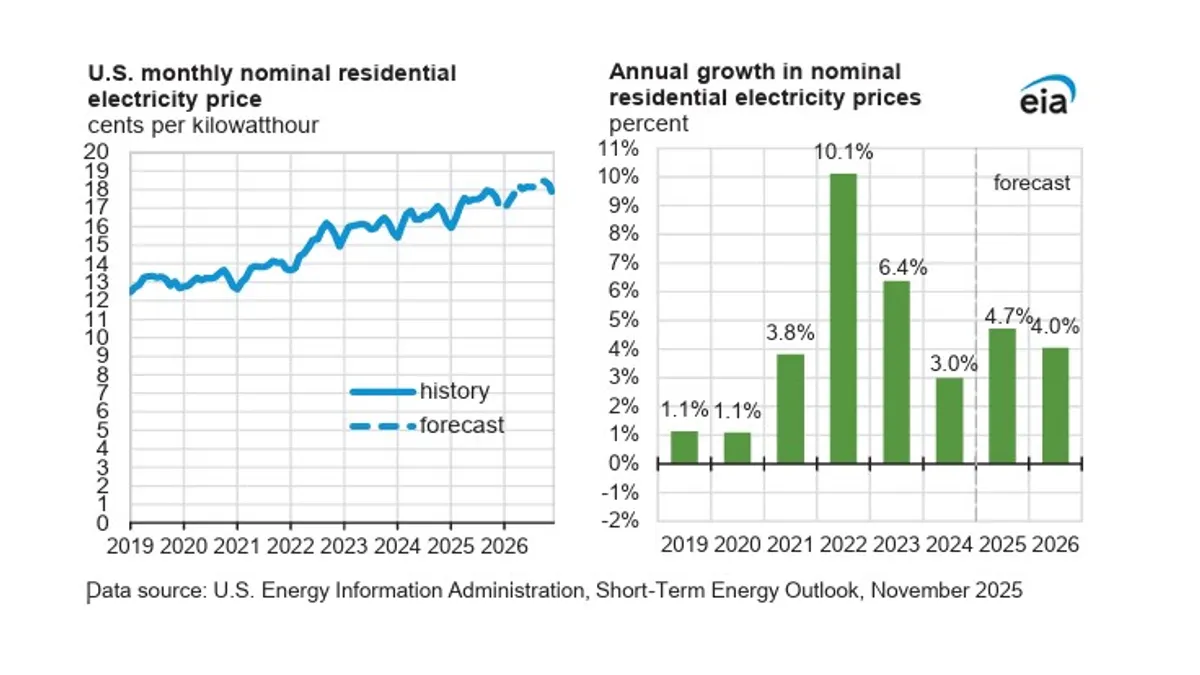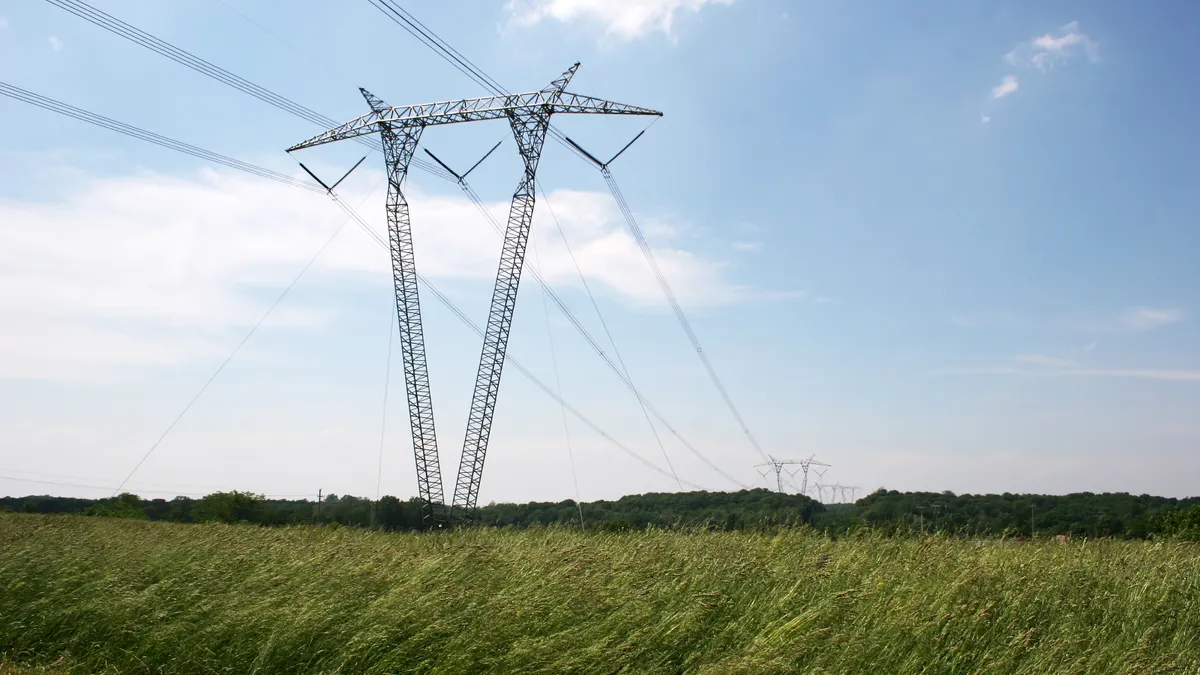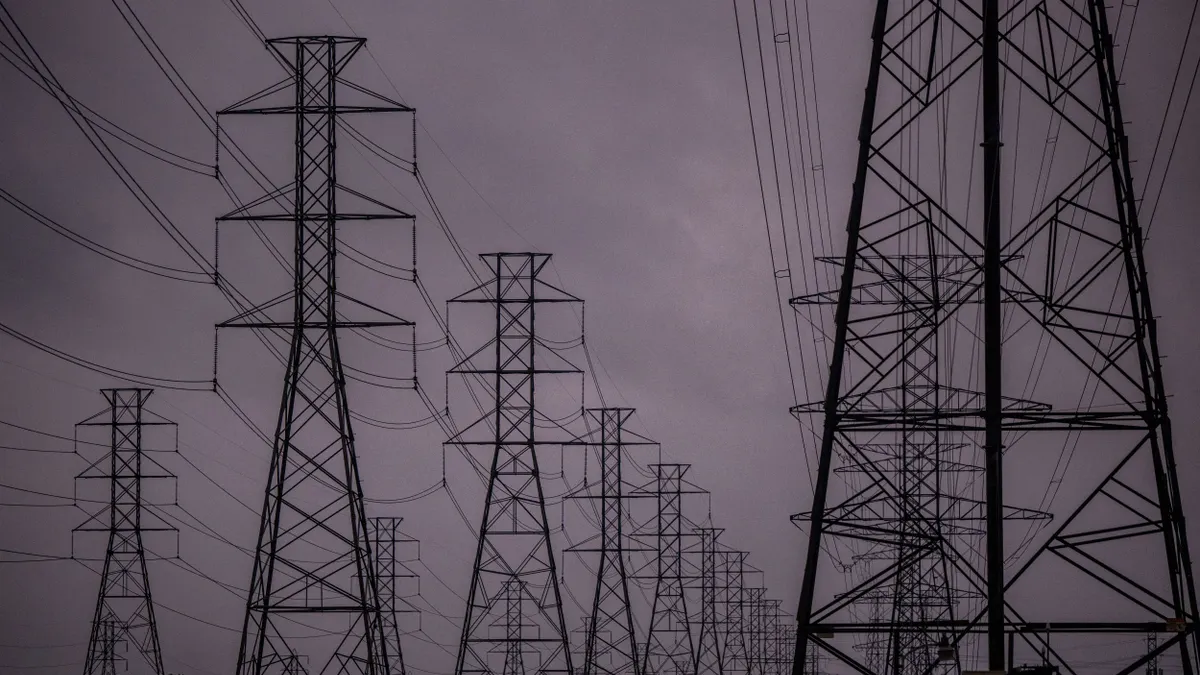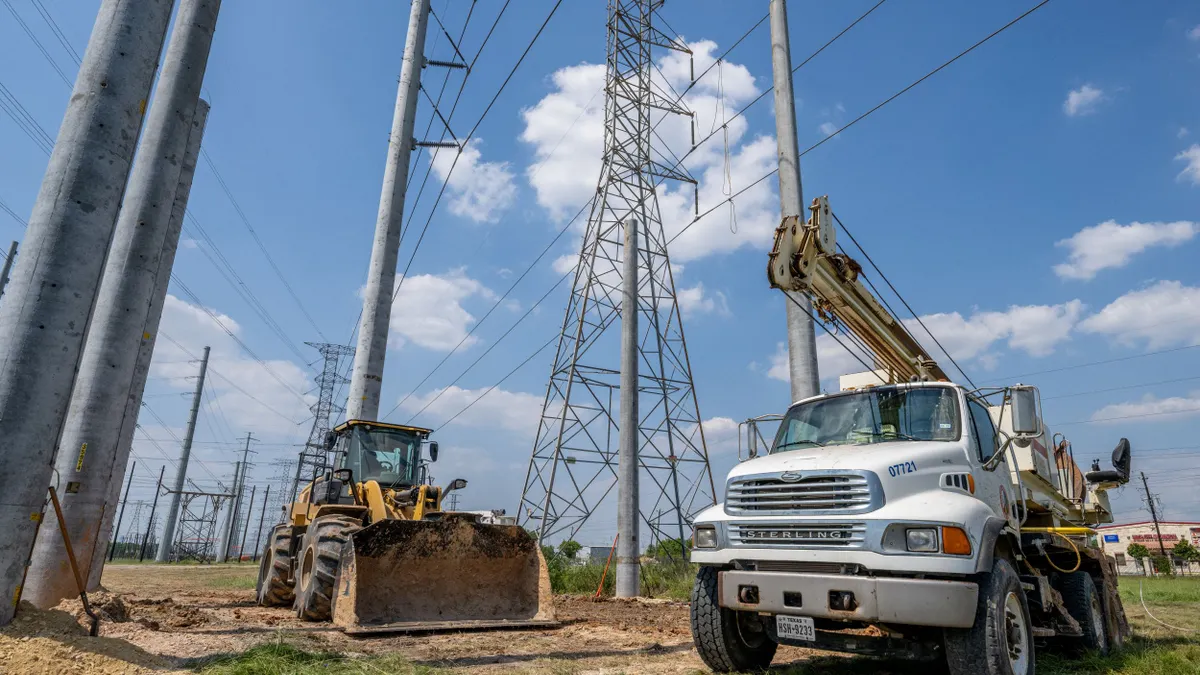A North American Electric Reliability Corp. study on interregional transfer capability is inadequate for determining how much transmission capacity should be added between regions, according to grid planners across the Eastern Interconnection.
NERC’s study — ordered by Congress in 2023 — provides “helpful information” but lacks enough detail to drive actions, the Eastern Interconnection Planning Collaborative said in comments filed with the Federal Energy Regulatory Commission on Monday.
In its study filed with FERC in November, NERC found that the U.S. could use an additional 35 GW of transfer capacity between regions to bolster reliability during extreme weather.
However, the study fails to adequately consider the costs and benefits of building transmission lines to increase transfer capacity between regions, according to EIPC, which includes ISO New England, the Midcontinent Independent System Operator, the New York ISO, the PJM Interconnection, the Southwest Power Pool and utilities such as Southern Co.
“Large nationwide studies, like the [Interregional Transfer Capability Study,] have no way of achieving sufficiently detailed results to effectively weigh the cost/benefit associated with adding transfer capability within or between different regions, or to appropriately assign costs to the true beneficiaries,” the group said.
Transmission planning entities should assess interregional transfer capability needs, according to EIPC. “Those entities have complex models of the system, and they are in the best position to evaluate resource adequacy and transmission security as well as an understanding of enhanced needs due to extreme weather conditions,” the group said.
Determining how much transfer capability is needed should be informed by how it could improve system reliability, but also the cost of the upgrades, the ability to assign the costs to beneficiaries and the overall cost/benefit ratio compared with other options, such as generation resource additions, demand side management or operational measures, EIPC said.
Further, adding transmission capacity doesn’t improve reliability if there isn’t enough electricity to move from one region to another, according to the group.
EIPC urged FERC to consider developing metrics to help guide decision-making around interregional transfer capability. Instead of setting a specific, desired level of interregional transfer capability, the metrics would be used by transmission planners to determine whether there are “prudent additions” that could enhance interregional transfer capability, the group said.
Factors that could be considered include need, costs and benefits, and feasibility, according to EIPC.
NRG Energy told FERC that the NERC study contains flaws, including a “feedback loop” on the viability of power-generation business models.
“New interregional transfer capabilities would lead to more resource retirements and fewer resource additions in certain markets that have no capacity mechanism, particularly the Electric Reliability Council of Texas … which would ironically undermine reliability in the state during critical times when the imports on which ERCOT became increasingly reliant were unavailable,” the independent power producer said in a filing filed at FERC on Thursday.
Conservative Texans for Energy Innovation urged FERC to consider provisions under the Federal Power Act as a pathway for Texas to expand its transfer capacity without infringing on ERCOT’s independence from direct FERC authority.
“The study reveals a strong need to bolster ERCOT's grid reliability,” the group said, noting the study’s “conservative assumptions” fail to account for recent load growth in Texas. FERC should streamline and prioritize regulatory reviews for interregional transmission projects that address reliability risks identified by NERC, especially between ERCOT and MISO and SPP, the group said.
NERC’s finding that 35 GW of interregional transmission additions would be prudent represents a minimum level of interregional transfer capability needed to protect grid reliability, according to the Department of Energy.
“DOE’s own power grid studies find that even more interregional transfer capability would both support grid reliability and lower consumer costs,” the department said in comments filed on Jan. 17 during the Biden administration.



